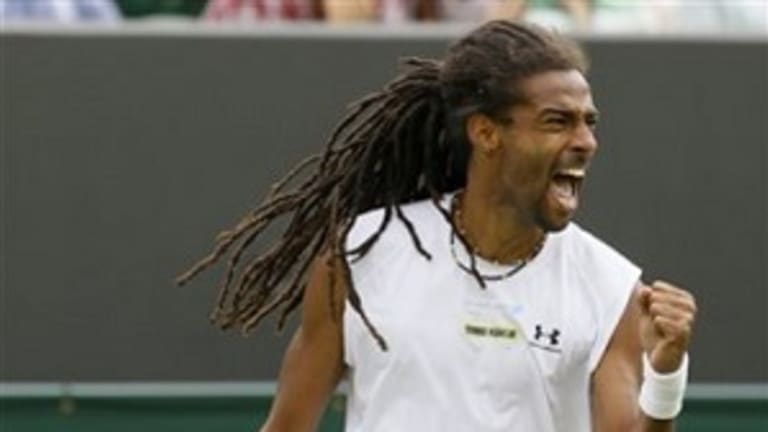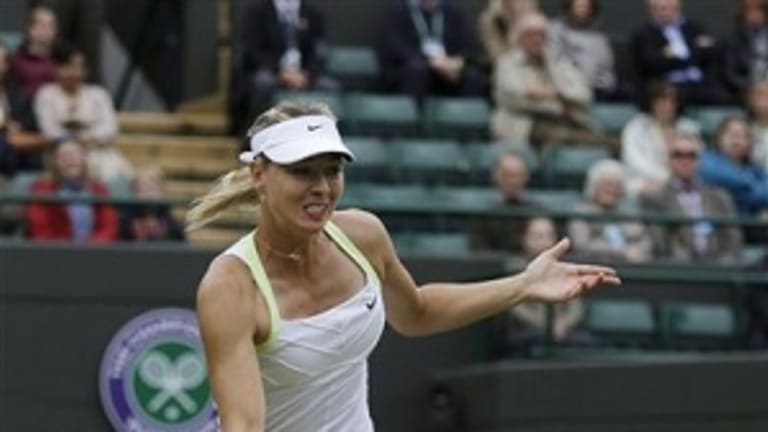The draw at the outset of any Grand Slam championship is bewildering. If you’re prone to anxiety about what you might miss while watching something else on your television, computer, or smart phone, you could end up a blubbering mess on your sofa, with printed draw sheets spread all around and three devices simultaneously beaming information and images.
I mean, who would have predicted that qualifier Facundo Bagnis would upset Frenchman Julien Benneteau in the first round at Roland Garros a few weeks ago? That match ended 18-16 in the fifth; nobody who saw it will ever forget it. A Grand Slam draw consisting of 128 men or women is truly the forest you can’t see for the trees.
Of course, nobody could have predicted that outcome, and I’m not going to pretend I can, either. But let me choose a few matches that ought to have “watch me!” labels plastered on them — not necessarily because they’re liable to end up 18-16 in the fifth, but because they involve interesting match-ups or come with tantalizing backstories:
No. 59 Marinko Matosevic (AUS) vs. No. 18 seed Fernando Verdasco (ESP) — Branko Matosevic’s son Marinko (I just had to write that!) is a rugged 6-foot-4 jasper with a huge serve and a huge smile to go with it. He’s an appealing, easygoing Bosnian-born Aussie who’s been playing very well lately; at Queens he bombed his way to wins over fellow big men Marin Cilic and Jo-Wilfried Tsonga (no mean feat, eh?). Verdasco was a quarterfinalist at Wimbledon last year (his best performance there to date), but Branko’s boy Marinko may have enough firepower and confidence to pull off the upset.
No. 82 Bernard Tomic (AUS) vs. No. 100 Evgeny Donskoy (RUS) — Tomic is the archetypal spoiled tennis brat. The words, “Do you know who I am?” are never far from this guy’s lips when he’s in trouble, which is pretty often. He made the fourth round last year, and he’s got a lot of grass-court game. Donskoy, though, is one of those “on the cusp” players who’s probably desperate to work at least a little deeper into the protected ranks of the direct entry players (the cutoff at Grand Slams is usually No. 104). Donskoy a 24-year old Muscovite, knows that Tomic is a head case. Look for him to exploit the knowledge.

